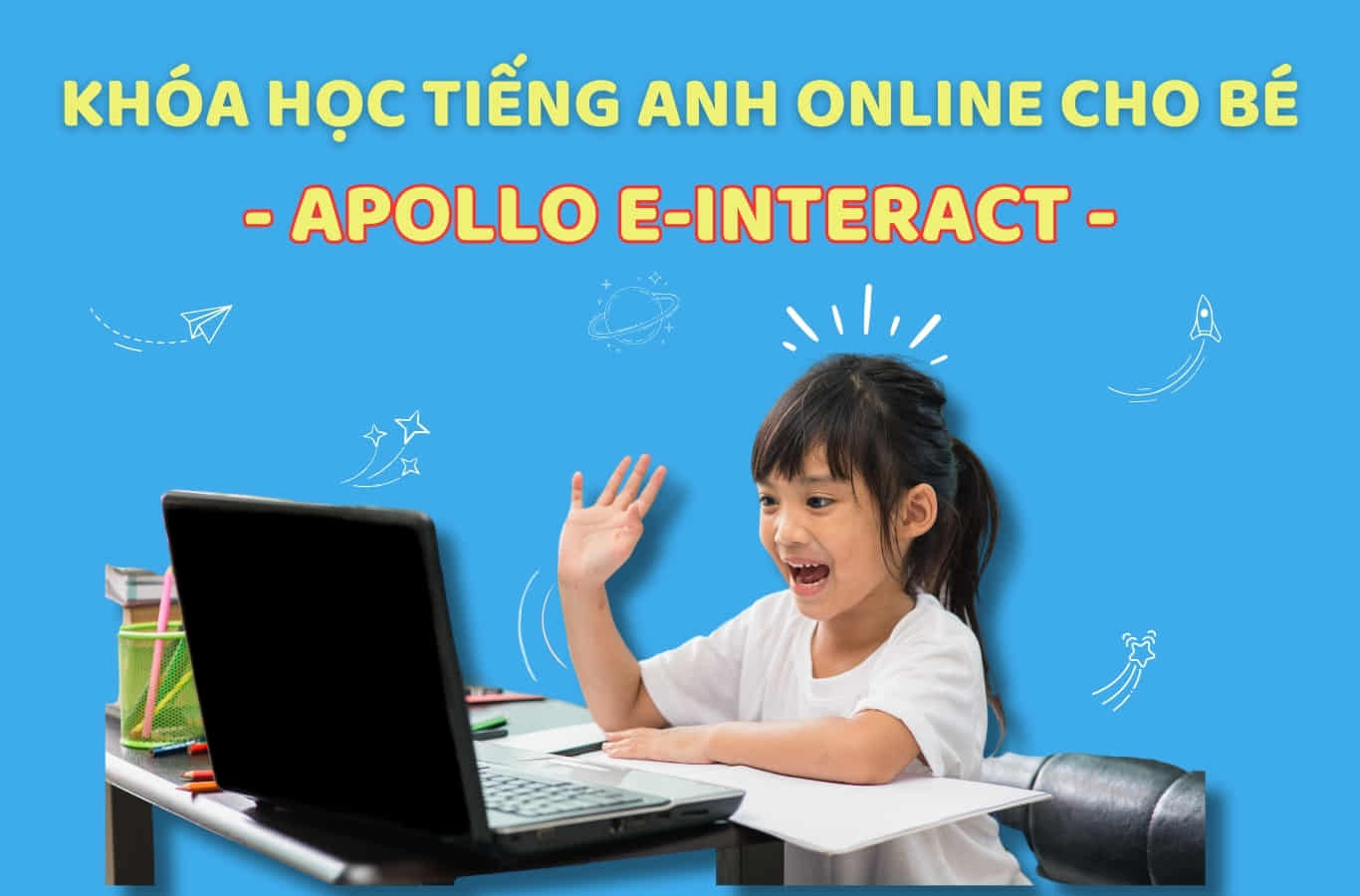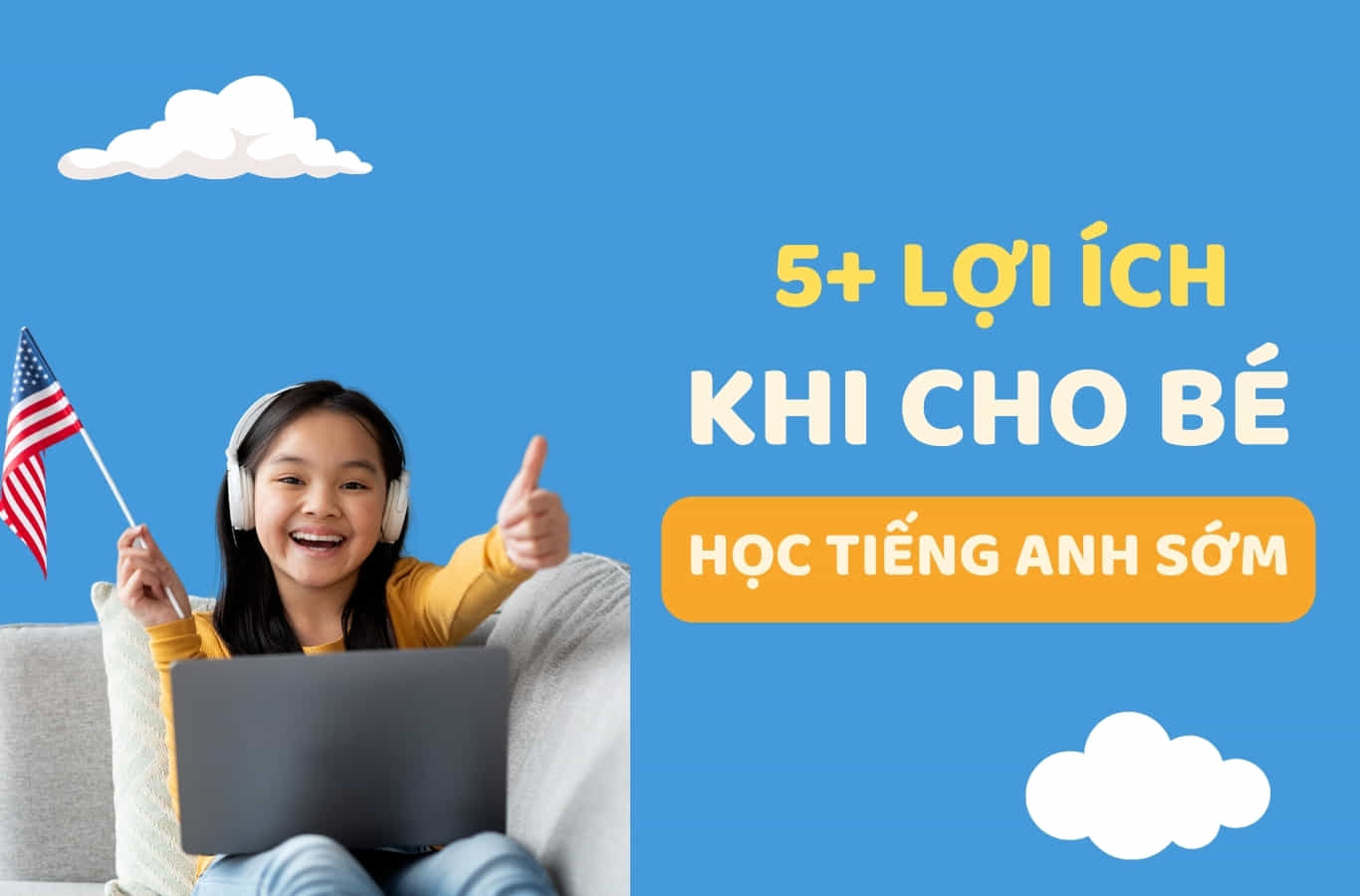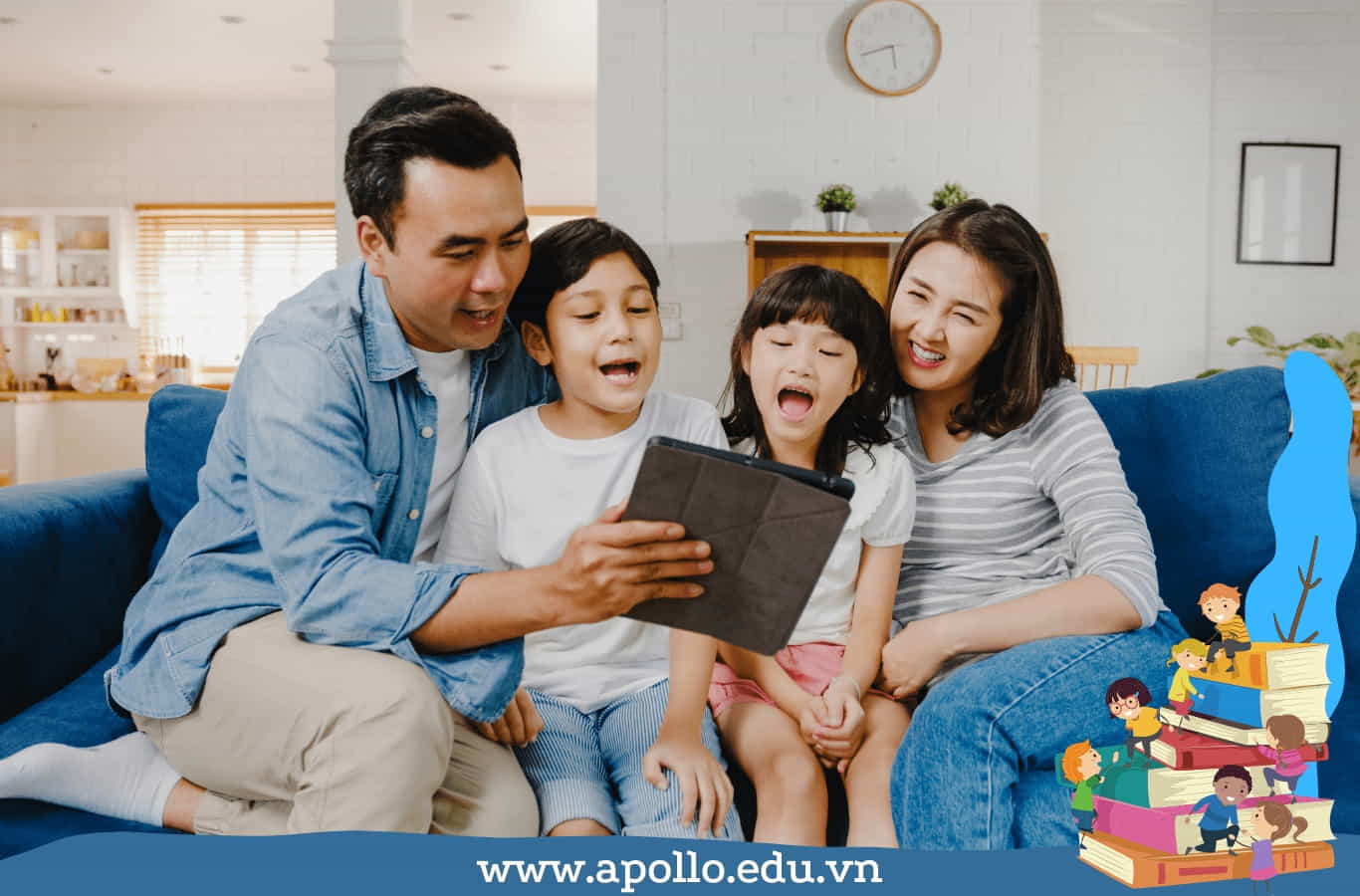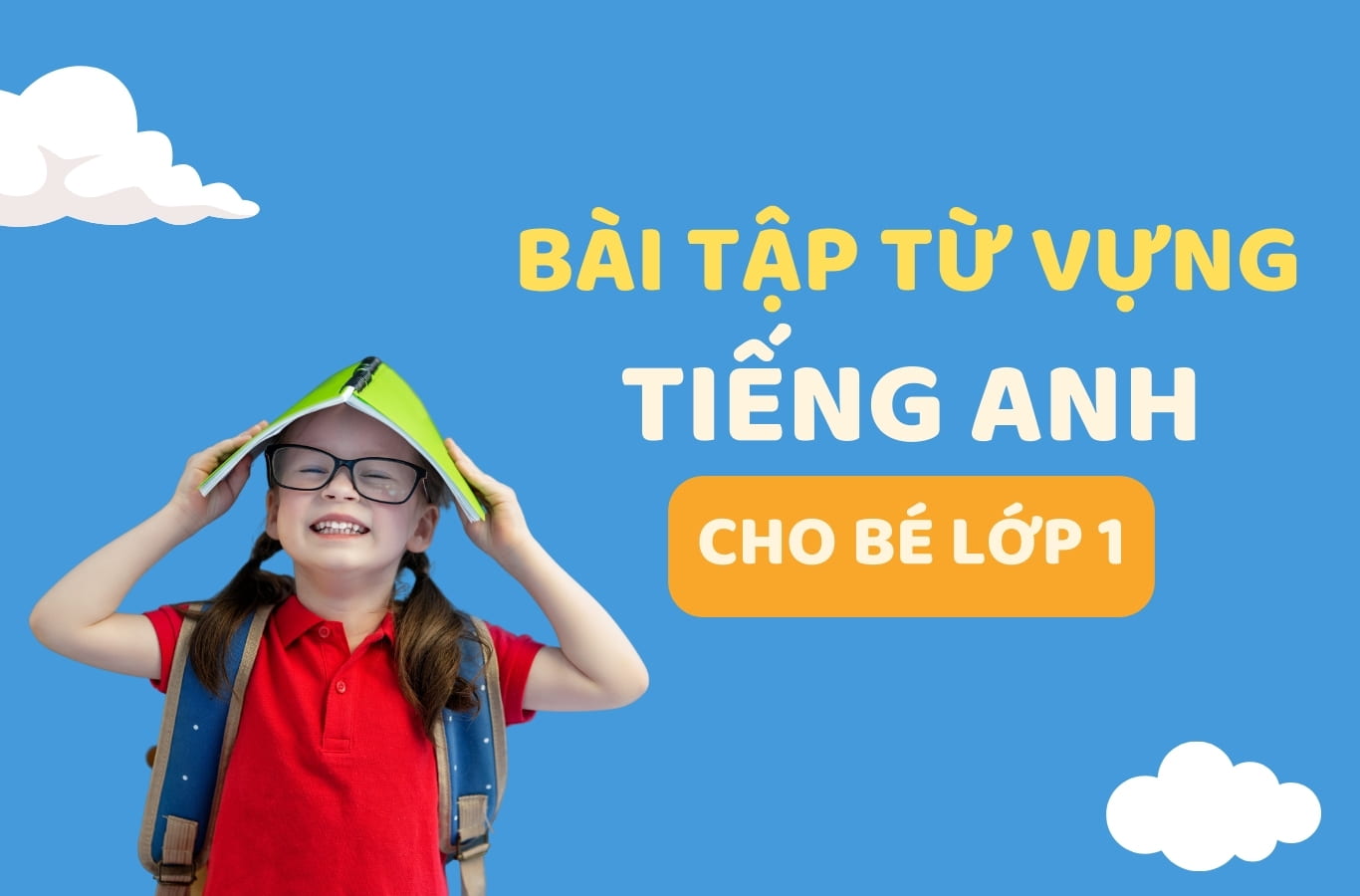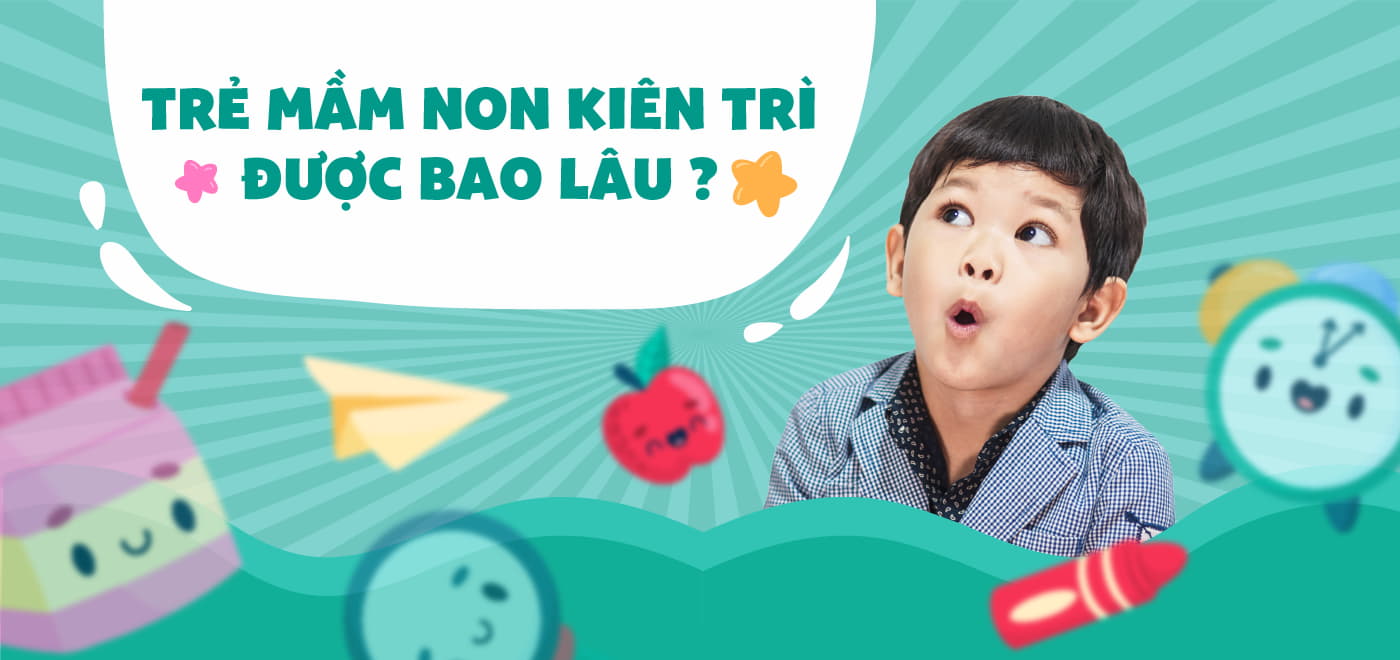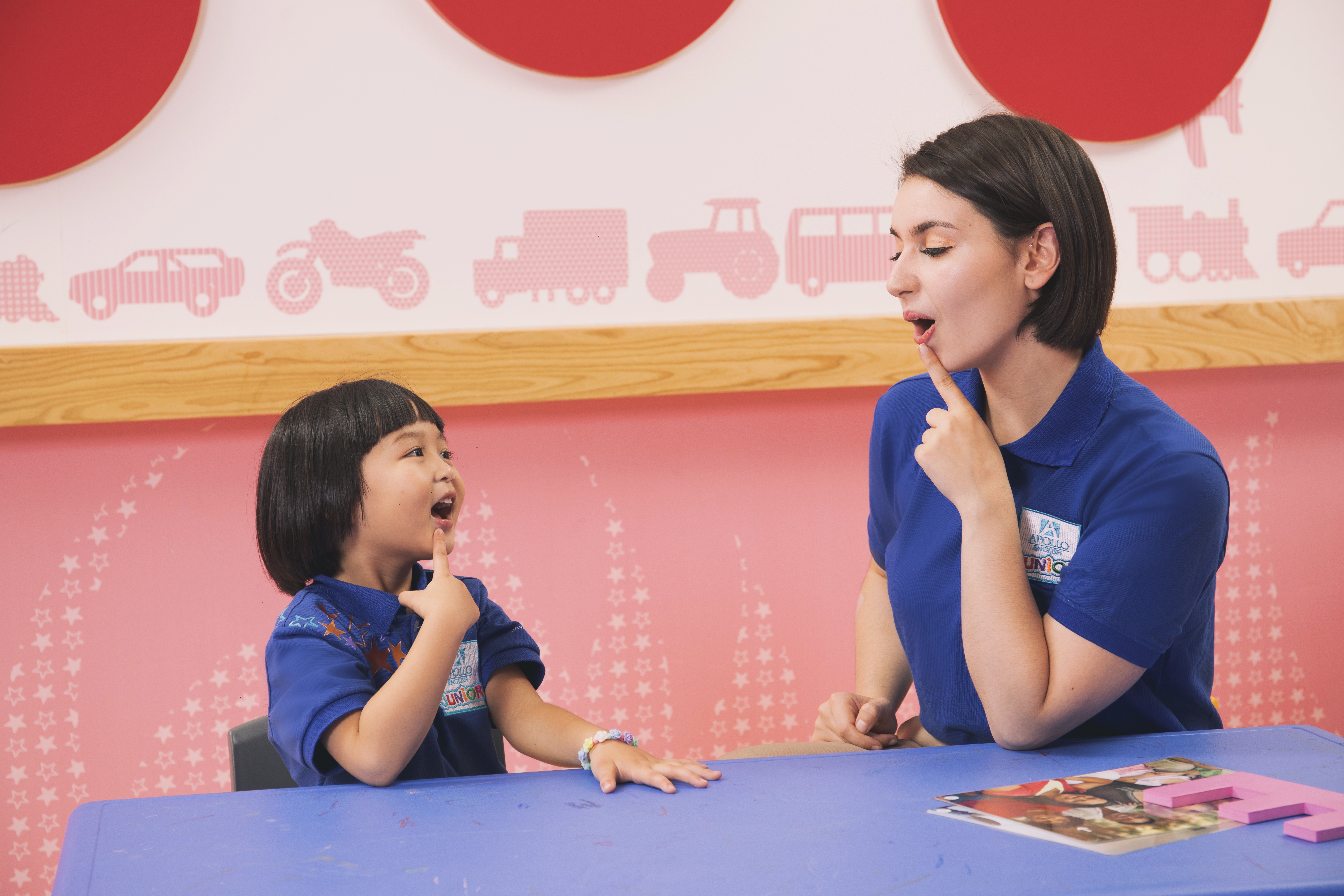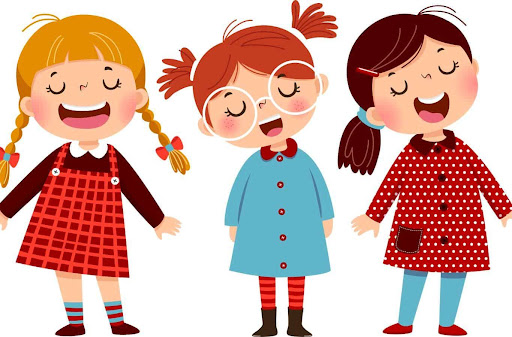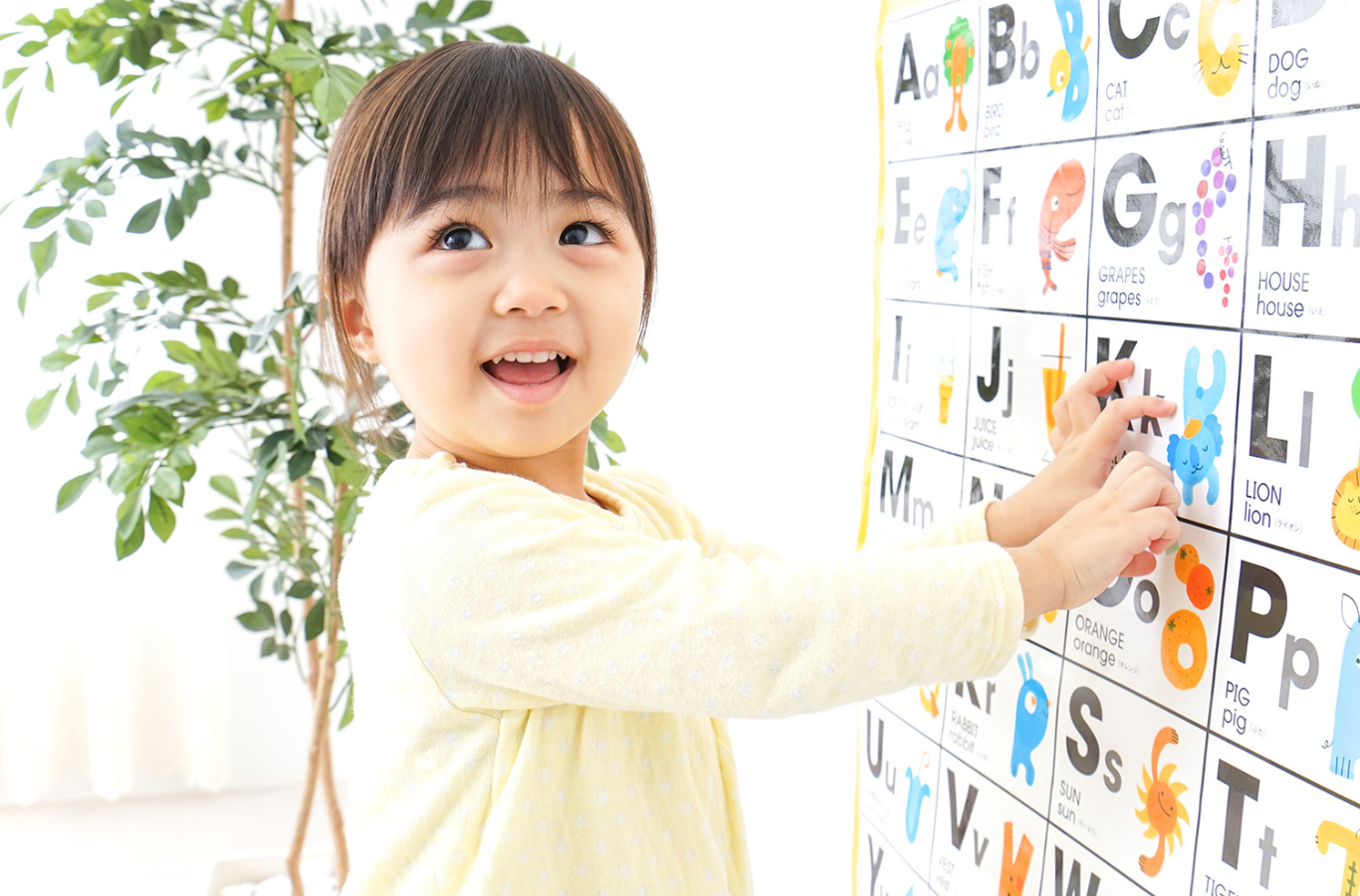CHAPTER 7: RESPECT THE DIFFERENCES
Please try to spend 15 mins brainstorming for yourself, try to answer these questions before reading:
1. Why are children raised in the same family still different?
2. How many learning styles are there?
Space for your notes:
.............................................................................................................................................................................................................................................................................................................................…
.............................................................................................................................................................................................................................................................................................................................…
.............................................................................................................................................................................................................................................................................................................................…
.............................................................................................................................................................................................................................................................................................................................…
Imagine a secondary school student named Mark who has to learn biology and does not do well with classroom study. As a result, he has low marks and low self-confidence. However, take that same student outside the classroom, into a natural setting, and suddenly Mark understands animal and plant life and excels in every following exam.
It’s undeniable we have different ways of learning, and even if a teacher has only eight students in a classroom and a great lesson plan with many diverse activities or various interaction patterns, there is always a student who is behind and a student who is ahead of the group in a particular activity. Different students respond to the same activity in different ways. Some students learn faster through watching videos. Others learn through reading texts or paired discussions. If a teacher knows most students in the class respond well to videos, the teacher could have prepared more videos. If the teacher knows students respond well to reading passages of texts, then the teacher could have included more reading into the lesson plan.
The current problem is the teacher can only get to know students by observing them in lessons and assuming their style. A teacher might teach more than 100 students in a week. It is not easy to remember each student’s preferred style of receiving information.
Personally, even teaching classes of about twelve students, it is tough for me to remember everyone’s learning style as I don’t have an easy way to note down information about students’ responses to each activity. Although I am only teaching around ten classes a week, that’s already 120 students. To troubleshoot, I tried to keep notes of what type of activity each student liked by creating a spreadsheet to track engagement levels. However, that process was time-consuming and difficult to manage, so I stopped using the Excel sheet.
As a teacher with the capacity to only prepare one lesson plan for a class, it can be challenging to satisfy all students (not even mentioning that some institutions tell teachers to teach a standardized lesson plan, meaning teach the same activities in the same way to all classes). In institutions where the teacher can create their own lesson plans, the teacher can incorporate diverse activities to make sure each student responds well to at least some learning modes, which is still far from effective.
Imagine that Mr. Scott has a class of about twenty-five students. He prepares a lesson plan to teach stem cells. With best intentions, he includes interactive videos followed by peer discussions in the lesson plan. Some students in his class, such as Saskia, learn best if they can watch a quick video about stem cells. While other students, such as Domcia, are bored while videos play, as Domcia does not learn well through listening. Instead, Domcia would understand the material much better if she could read a short article. Then there is Fei, who would be more interested in stem cells if she could do some experiments in a lab. If Mr. Scott had only these three girls in the class, remembering what each of them prefers, the class would be much simpler. However, Mr. Scott has twenty-five students, and it would be tough for him to detect which student responds well to which activity. And it is even more challenging for Mr. Scott to make one lesson where all students, including Saskia, Domcia, and Fei, would thrive.
So, what is the solution? There are probably a few options, such as:
• One-on-one lessons
• Preparing separate lesson plans for each student
• Or using technology to track student’s engagement with different activities
The first option is very costly, and schools likely don’t have enough teachers on staff to provide individualized attention to all students for the entire school day. The second option is also unrealistic, as preparation would take a tremendous amount of time. Therefore, the best solution might be using available technology to learn more about each student, collect information on how each student responds to each activity, and then utilize the resulting data to suggest a plan of action for the teacher. In a better scenario, the technology could also automatically generate separate lesson plans for each student and provide them to teachers. In this way, we can still teach groups as one-on-one.
This kind of technology, often referred to as AI (artificial intelligence), collects statistics and data to analyze our behavior. It is already being used on the internet for more effective marketing and sales. I am sure we have all noticed soon after searching for something on Google, the product appears again and again on our social media or in ads on our browsers. Without collecting data about our preferences, our social media would indeed show irrelevant posts from unrelated people and suggest irrelevant events and pages. Would you like to use Facebook, for example, if it was so unrelated to your preferences?
Little relation to student’s needs, this is happening in education right now. We do not collect data about our students, and therefore, we as teachers have little idea about what our students like and prefer. Our lesson plans are then often irrelevant to what our students want and need. So, there is no surprise that many students do not like going to school because they are not given the tools necessary to succeed in their education.
Without having information on the learning style of our students, it will be harder for educators to help students reach mastery in a field. By knowing the learning preferences, teachers are able to recommend suitable videos, worksheets, and other learning tools. In a better case, AI can automatically generate a combination of tools and materials suitable for each student. Practices for AI in commerce should therefore be mirrored in the education realm.
INTELLIGENCES AND LEARNING PREFERENCES
While AI technology is already available, we need it to adjust and adapt for use in education. So, what can institutions that don’t currently have access to AI or similar technology do to learn more about their student’s learning style and tailor lessons to match each student’s preference?
The first step is to realize there is a finite amount of learning types. Dr. Howard Gardner, an American psychologist and leading researcher in education, determined there are nine types of intelligence (Vital, 2014). According to Cambridge Dictionary, intelligence is the ability to learn, understand, and make judgments or have opinions based on reason (Cambridge Dictionary, n.d.). Intelligence is not the same as learning styles. However, based on intelligence, we can simplify and say learners are divided into the following nine categories (Vital, 2014):
1. A “logical” or mathematical person likes numbers, statistics, graphs, solving problems, or reasoning. This learner would enjoy any lesson with interesting numerical information.
A psychologist and education consultant, Ann Logsdon, mentioned, “As part of a group project, the mathematical, logical learner may want to contribute by making an agenda or list, setting numerical goals, ranking brainstorming ideas, putting steps into a sequence, keeping track of the progress of the group, and constructing data reports” (Logsdon, 2020).
2. A “verbal” or linguistic person learns best through written words by reading or writing. This person is very good at reading comprehension and writing with flow and ease.
“The verbal, linguistic person usually enjoys written projects, speech and drama classes, debate, language classes, and journalism,” Ann Logsdon adds (Logsdon, 2020).
3. A “spatial” or visual person absorbs information through pictures or maps. Any 3D model would astonish and catch the interest of a person like this.
According to Madilyn Smith from Mindvalley’s article, as a parent or a teacher, we may notice this person has a strong awareness of space, a sense of direction, is good at using maps, and rarely gets lost. This person is also good at coloring and drawing (Smith, 2020).
4. A “musical” or auditory person understands more clearly through sounds and songs. Listening is a great strength, and activities with audio would help this individual a lot in the lesson.
“Auditory learners generally remember what their teacher says and readily participate in class. They enjoy listening to music in the background while learning. These learners are skilled at oral reports and class presentations and tend to use clever rhymes to remember something,” said Madilyn Smith (Smith, 2020).
5. A “kinesthetic” or physical person prefers learning through touching and moving. Holding a real object, experimenting in labs, all of these activities will drag the student into the lesson.
Ms. Smith further stated, “Kinesthetic learners have excellent motor memory (they can duplicate something after doing it once). They don’t learn something until they do it. They role-play to learn new information” (Smith, 2020).
6. An “interpersonal” or social person will learn more through dialogues and conversations. Working alone would be stressful and unproductive for students like these, whereas their understanding would greatly increase if they could discuss things with peers.
As a secondary school teacher, Melissa Kelly suggested, “Teachers can help these students showcase their interpersonal intelligence by using some specific activities. Some examples include creating group projects, class interviews, or organizing surveys and polls” (Kelly, 2019).
7. An “intrapersonal” or solitary person that works better alone on individual tasks in a quiet environment. Being able to work on their own without distraction from others would help them learn much better.
Rasool Somji, who studied Experimental Psychology at Oxford University, shared, “Some of the strategies for teaching solitary learners are asking questions, so you know what they’re thinking and how they’re feeling or explaining why the lesson material is important as solitary learners are often interested in outcomes” (Somji, 2018).
8. A “naturalist” learns better outside of the classroom, in nature (or if it has to be in the classroom, then learns through ways that can be comparable to the natural environment).
Mr. Somji explained, “Naturalist learners process information by working with and experiencing nature. They learn by finding patterns in nature and using scientific logic for understanding.” He also added that to help these learners understand the lesson better, teachers can include more experiments (Somji, 2018).
9. An “existential” person learns best when they have time to think or talk about more philosophical matters through more profound conversations.
Melissa Kelly mentioned that people who excel in this intelligence could typically see the big picture. Common traits in those with existential intelligence include an interest in questions about life, death, and beyond (Kelly, 2019).
A person is a combination of learning styles. It is more of a spectrum. No one learns only in one style.
Teachers can track students’ engagement in activities to understand the students’ learning styles better and slowly discover which of the nine categories each of their students corresponds to.
It is also helpful to track and collect data such as the part of the lesson—creative, productive, or receptive exercises— the students are more responsive to, as well as the duration by which it takes students to complete a particular activity. This way, a complete picture can be created of the student’s learning profile, including which way, when, and how long to optimize the learning experience for maximum outcome.
It is also practical to observe a student’s performance in a curated group during a lesson. Some students learn well when working together with specific types of people or in a balanced group. The with whom element cannot be ignored when it comes to learning in a group. Group dynamics is crucial. If we get along well with people in the group, then we perform better than working with disobliging peers.
In schools where tablets are available, teachers can use an app to rate students’ reactions to different activities and slowly build the student’s profile with collected data. In classes where teaching assistants are at disposal, this observation and monitoring task can even be partly delegated. Wherever possible, students can provide opinions about their perception of different activities. This will compound with time, providing valuable feedback for the teacher’s planning.
Since there is a choice factor from the teacher about which activities to use, the teacher can balance students’ preferences for the whole group.
I recently had a conversation with Mrs. Minh, a mother of two daughters, who shared that ten years ago, she was searching for a mathematics tutor and got referred to one with a good reputation. She hired that tutor for both her daughters, Ly and Lan, and could not understand why the first daughter improved after a couple of months while the second daughter did not.
“As the tutor was not cheap and had an outstanding reputation of having taught many students and helped them improve, I automatically thought that something was wrong with my daughter,” Mrs. Minh shared. “A natural behavior of a mother is to push the second daughter to study harder, focus more, and do more homework practice,” she added. “Now, thinking back, I realized that each daughter has different learning styles and talents in totally different fields. While my first daughter, Ly, might have been all right with the lecturing style of that tutor, my second daughter, Lan, simply needed a different approach and different way of explaining the same matter,” Mrs. Minh concluded.
For students to flourish, parents and teachers have to keep in mind that every student learns differently. There are nine types of intelligence, so let’s not form an opinion about a student’s ability to learn before trying out all nine.
CONNECTING THE DOTS
To sum up, if we begin leveraging available technology, such as AI, in education, we can better tailor lessons for the benefit of all students. Collecting data in online lessons would be much easier than in offline classes, and learning about students’ preferred style is less complex in individual lessons than in group lessons. Despite that, we still need to find ways to understand, collect, and safely store information about students’ habits in the classroom. Information should also be shared between teachers, throughout the life cycle of a student’s formal education, so that any new teacher can better adapt to the respective classroom environment.
No two kids, even from the same family, will be alike. Therefore, both the teachers and the parents should be observing their kids to figure out how to guide the students rather than push them in a direction not suitable.
To aid students in finding their life mission while at school, we need to begin by understanding the unique differences in which each individual learns.
DAVID PHAM


 English
English
 Tiếng Việt
Tiếng Việt



 Trung tâm Anh ngữ Apollo Việt Nam
Trung tâm Anh ngữ Apollo Việt Nam

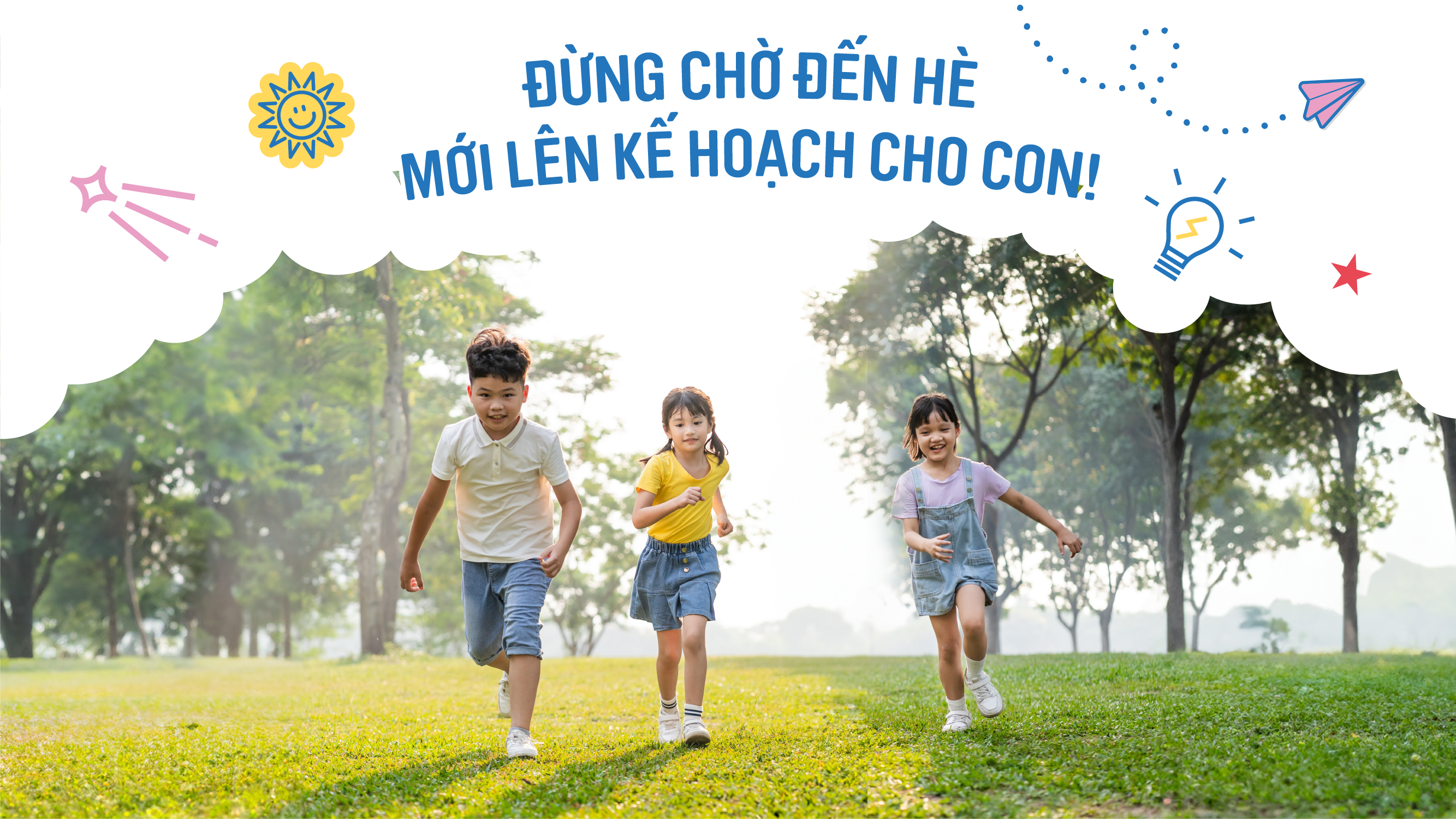

-miLvgkuA1rT13CGj.jpg)
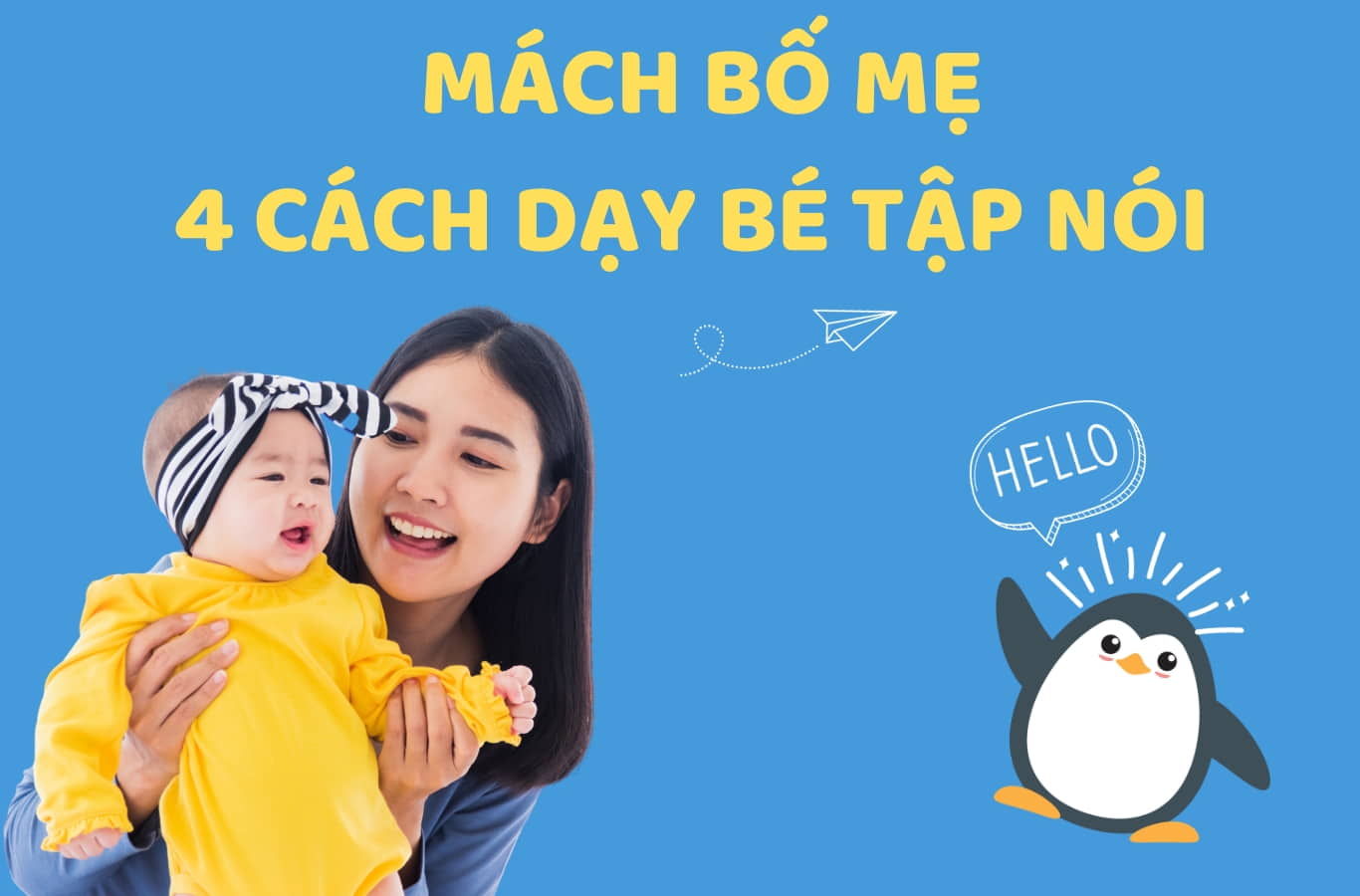

![350+ TỪ VỰNG TIẾNG ANH CHO BÉ THEO NHỮNG CHỦ ĐỀ QUEN THUỘC NHẤT [KÈM FLASHCARD]](/attachments/2023/12/tu-vung-tieng-anh-cho-be-M4HEgr4fSYlmqYF3.jpg)
